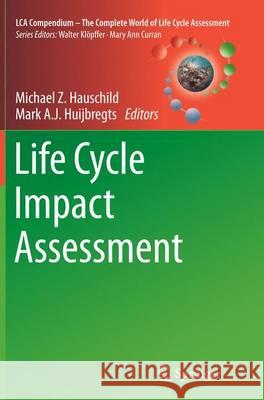Life Cycle Impact Assessment » książka
topmenu
Life Cycle Impact Assessment
ISBN-13: 9789402404043 / Angielski / Miękka / 2016 / 339 str.
Kategorie:
Kategorie BISAC:
Wydawca:
Springer
Seria wydawnicza:
Język:
Angielski
ISBN-13:
9789402404043
Rok wydania:
2016
Wydanie:
Softcover Repri
Numer serii:
000478158
Ilość stron:
339
Waga:
5.97 kg
Wymiary:
23.5 x 15.5
Oprawa:
Miękka
Wolumenów:
01











